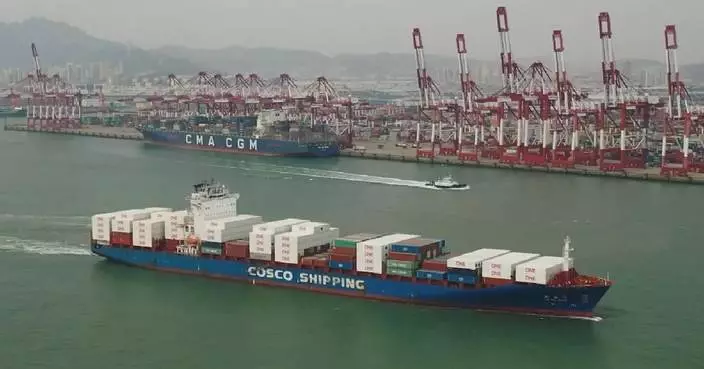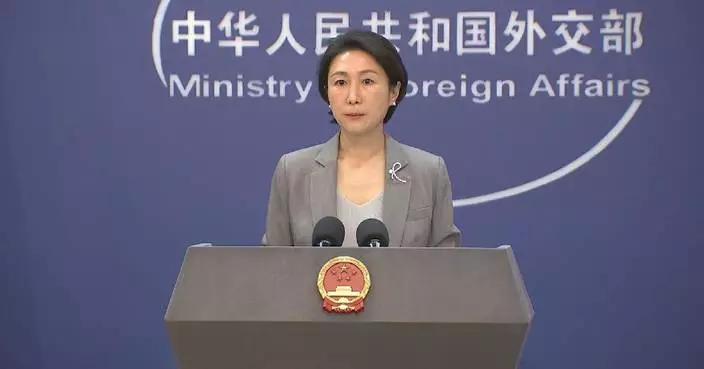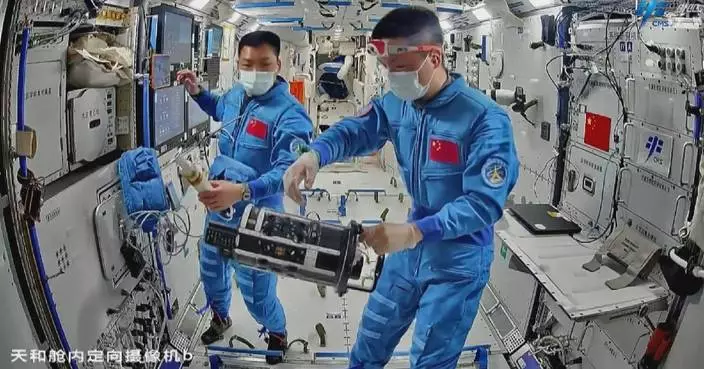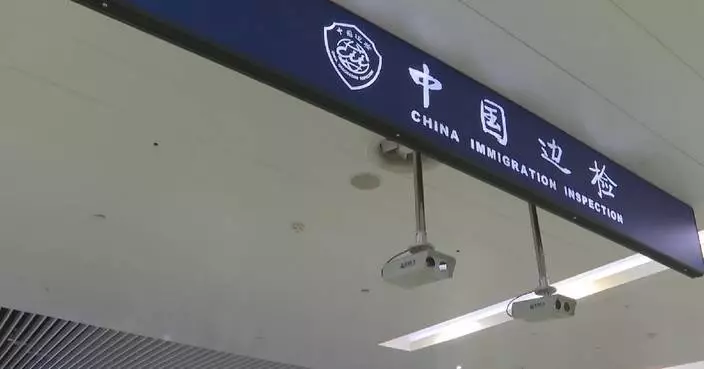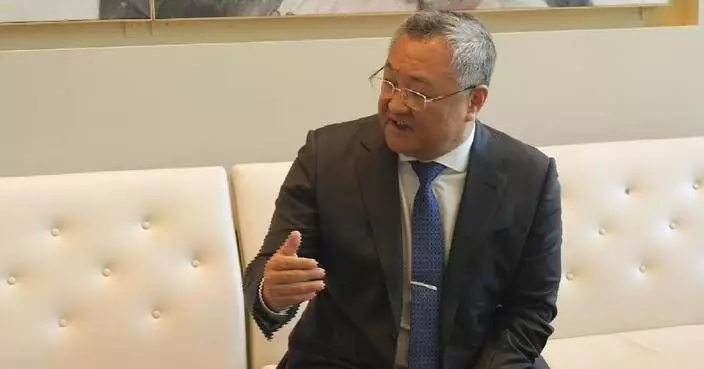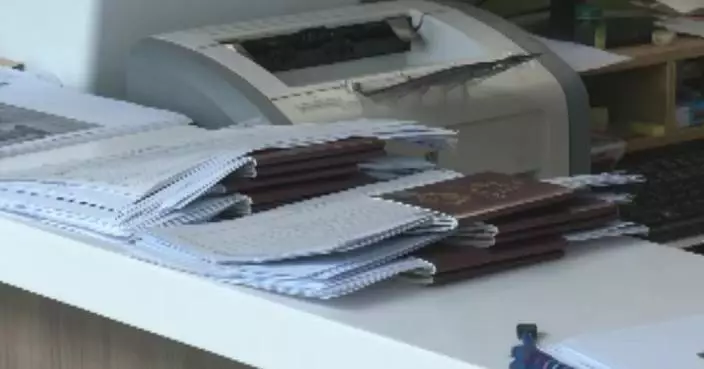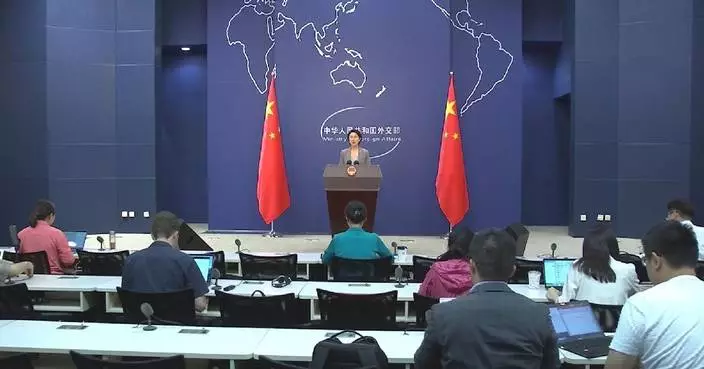As northbound travel to the Chinese mainland soars in popularity among Hong Kong and Macao residents, more and more people from the two special administrative regions travel northward every weekend or on holidays to the neighboring Guangdong Province for fun or shopping for goods at good bargains.
In Zhuhai City of Guangdong, a large seafood market has become a popular destination for Hong Kong residents seeking fresh bites.
The market has lobsters from Chile, king crabs from Russia, and fresh prawns from Vietnam.
"I have imported seafood from pretty much everywhere. Since the Hong Kong-Zhuhai-Macao Bridge opened, many tourists have come here, especially consumers from Hong Kong. They come here to have meals and then go back. Traveling via the bridge can even save them gas money," said Xie Jun, a shop owner at the seafood market.
The Hong Kong-Zhuhai-Macao Bridge, the world's longest sea-crossing bridge, opened to traffic in October 2018 and has since then greatly facilitated travel in the Guangdong-Hong Kong-Macao Greater Bay Area.
To further enhance connectivity and promote integrated development in the area, China launched the northbound travel scheme last year, which allows eligible vehicles to travel between the two special administrative regions and Guangdong via the mega sea-crossing bridge without the need to obtain regular quotas.
"Since the northbound travel scheme took effect for Hong Kong vehicles on July 1 last year, I have often driven here with my whole family. The seafood prices here are a third of Hong Kong's. It takes me about 90 minutes to get here from Yuen Long [of Hong Kong]. It's very convenient," said Kenneth Tang, a customer from Hong Kong.
Millions of Hong Kong and Macao residents have driven into the mainland since the launch of the northbound travel program, bringing a tidal wave of businesses to places like Zhuhai.
With new measures encouraging more dual-plated cars to cross the bridge, it has become easier for mainland visitors to reach the two special administrative regions and vice versa.
Across the border, Hong Kong and Macao businesses are gearing up for the influx of mainland shoppers, as the Chinese government announced Friday to raise the duty-free shopping quota for mainland visitors to Hong Kong and Macao special administrative regions.
The new policy will apply to adult visitors entering from Hong Kong and Macao whose personal belongings obtained overseas have a total value of no more than 12,000 yuan (about 1,651 U.S. dollars), increasing from current 5,000 yuan (about 688 U.S. dollars). At ports with duty-free shops, the cap will be raised to 15,000 yuan (about 2,064 U.S. dollars).
The new measure is expected to provide a much-needed boost to Hong Kong's retail sector. Macao, which saw a 36 percent jump in tourist spending in the first quarter, also welcomes the news.
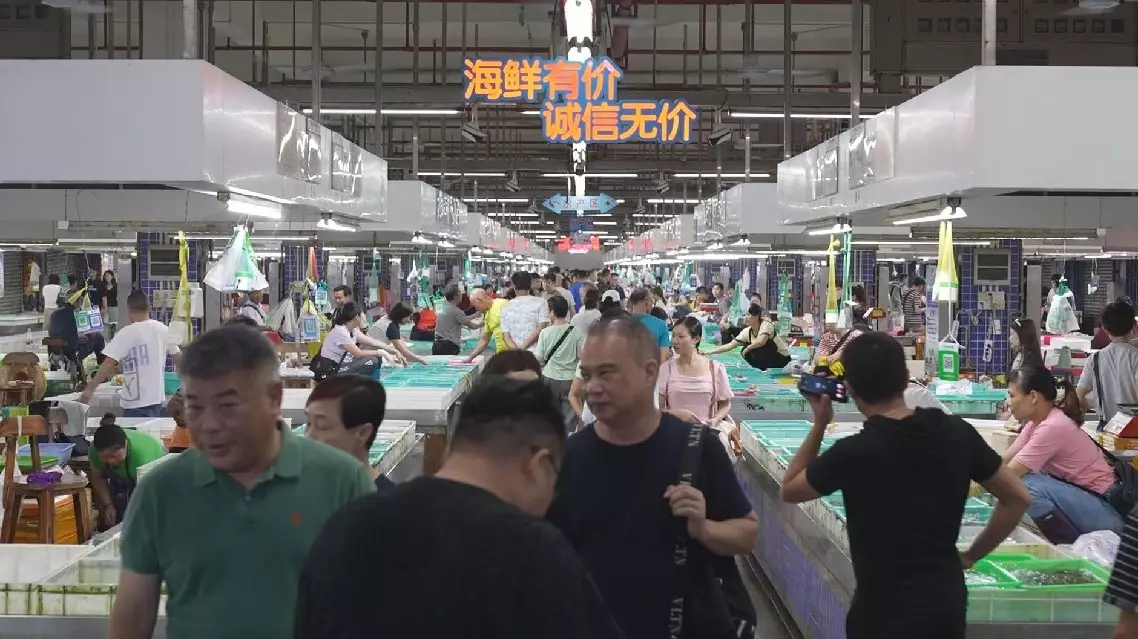
Hong Kong, Macao residents flock to mainland cities for weekend consumption
Jingdezhen, the world-famous 'porcelain capital' in east China's Jiangxi Province, has managed to transform many of its old factory buildings into art galleries and museums, making room for young people in the porcelain art industry to start up businesses and have exchange with one another.
The traditional porcelain industry is high energy-consuming. With its development, Jingdezhen left a deep impression on people decades ago of a dirty, messy city with chimneys and black fog everywhere. In recent years, Jingdezhen has been determined to change the ceramic fuel structure and solve the problem of waste gas and wastewater pollution from ceramic enterprises.
"We used to burn coal, but later we shifted to gas and natural gas in making porcelain wares," said Liu Zili, deputy director of the management committee of Jingdezhen National Ceramic Culture Inheritance and Innovation Experimental Zone.
In 2013, Jingdezhen launched a project to protect and capitalize on its ceramic industrial heritage. All 22 old factory buildings were preserved intact and revitalized with modern architectural structures according to functional needs, thus achieving an integration of historical and cultural values with modern life industry values.
"To be honest, we had a hard time making decisions, as there were many different voices in our city. Should we demolish this place that carries a lot of our historical emotions and industrial memories, and erase it from this area? As a group of factory workers who have been here throughout the journey, we were reluctant to let it go. Instead, we believed that transformation was the way forward,” Liu said.
After three years of renovation, the Taoxichuan Cultural and Creative District opened to the public in 2016. Seen from the outside, the old factories, kilns, chimneys and water towers are still standing, but their functions and business formats have been reshaped: the original factories and workshops have been transformed into art galleries, museums and entrepreneurial spaces where young people gather.
So far, Taoxichuan has attracted tens of thousands of ceramic entrepreneurs, where they can exchange ideas and share experiences.
"I have been in Jingdezhen for seven years. Taoxichuan is now a very open and inclusive place, providing a very good platform to display our works," said Zhang Rui, a ceramic entrepreneur.
In Jingdezhen today, more than 80 well-known artists from home and abroad are invited to create works every year, and more than 400 artists from all over the world have set up studios.
In China, Jingdezhen is virtually synonymous with ceramics, particularly porcelain. Jingdezhen has been making porcelain since the Han Dynasty (202 BC - 220 AD) and then started to produce official porcelain for the imperial family since the Song Dynasty (960-1279). These official porcelain wares are regarded as the world's treasures and collected in major museums all over the world.
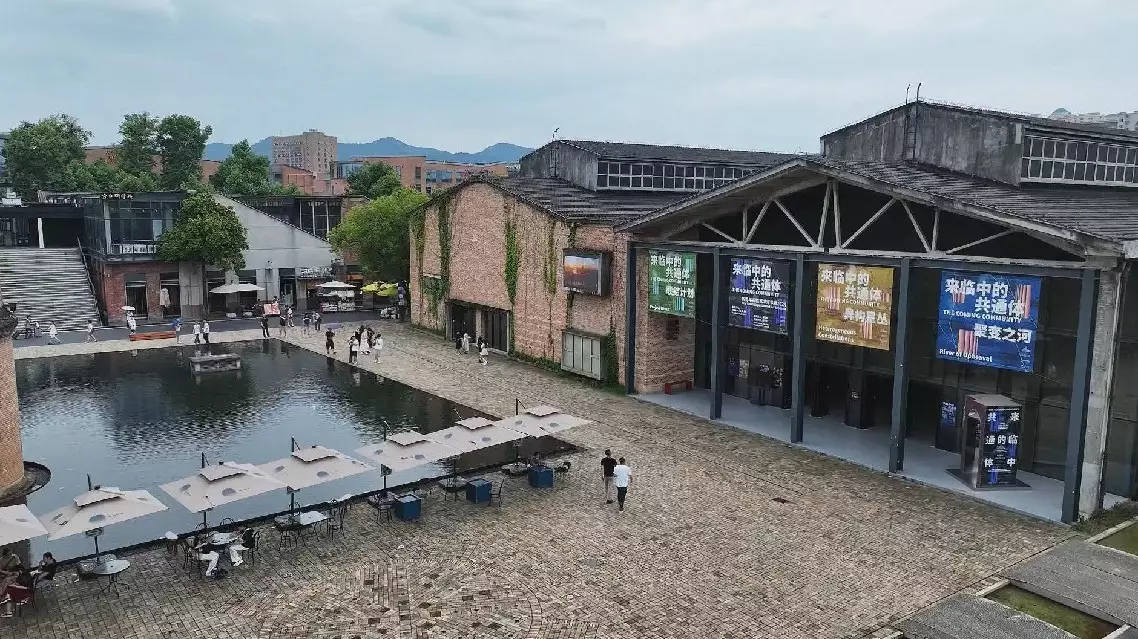
Old factories in east China's porcelain capital transformed into museums, entrepreneurship platform




